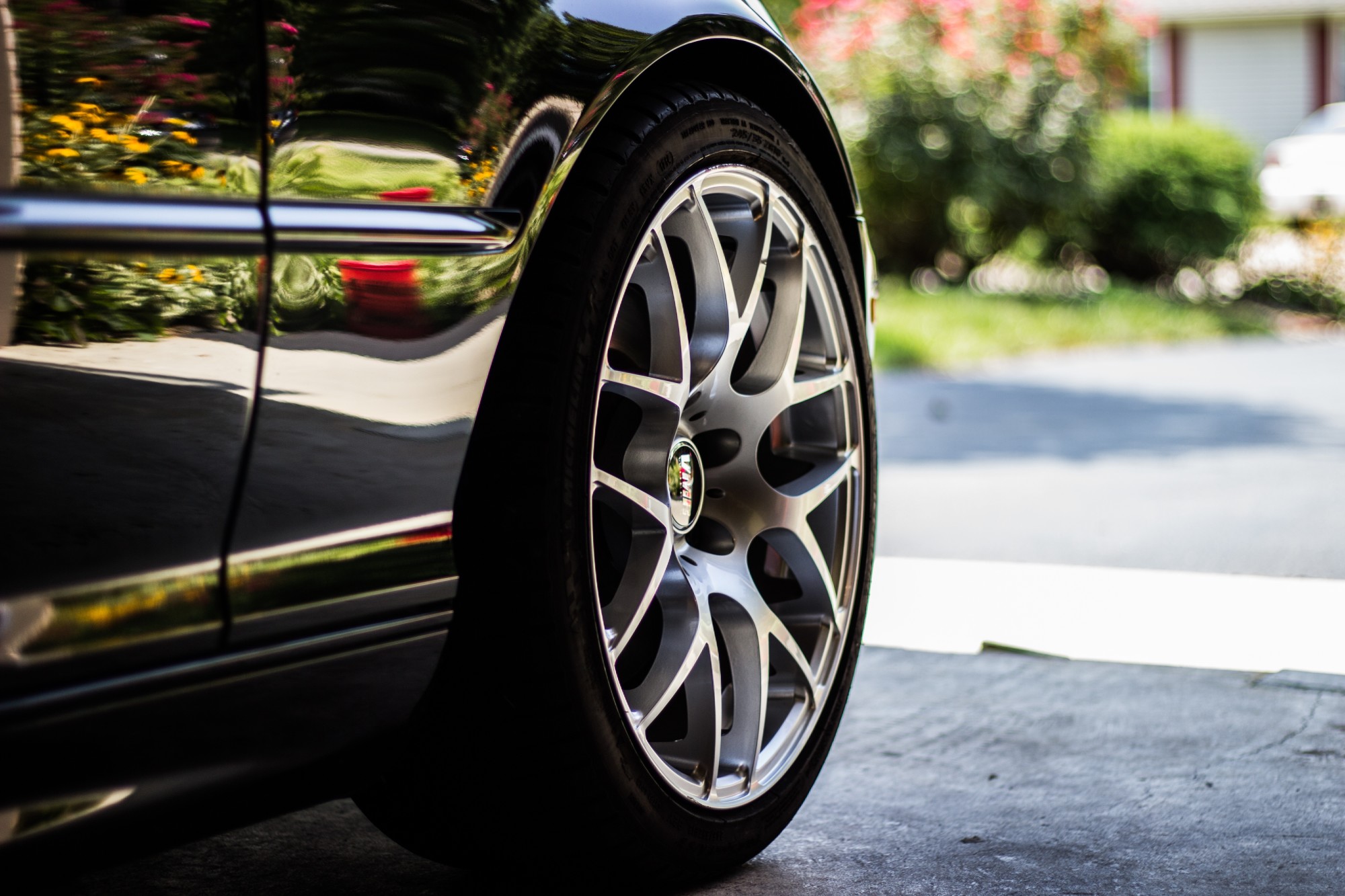Driving your car is impossible without trustworthy wheels- you know this. But what you may not realize is that the wheels are part of a much larger puzzle. There are so many different pieces that go into making your wheel work in the way they do.
You may not think you need to know the parts of your car down to the very last spark plug. However, you should know about your car’s wheel bearings and what can go wrong.
To find out what happens when you have a loose wheel bearing and how to spot the signs, keep reading.
What is a Wheel Bearing?
A wheel bearing is an essential part of your tire. This piece is a metal ring, called a race, containing a set of steel balls. The wheel bearing sits inside of another piece name the hub, and they sit on a metal axle shaft to protect the car when the wheels gain friction.
This part of your wheel takes a serious beating, whether you are rough riding or not. The wheel bearings help support your car when driving and help keep the inner parts of the wheel component clean of road debris.
So what are loose wheel bearing symptoms? Check out these six signs to look out for.
1. Abnormal Sounds
Cars can make a wild range of noises, but how will you know if it is a bad one? Any kind of snapping, popping, or grinding sound is most likely going to be coming from your wheel area and shouldn’t be left unchecked, especially if you’re on the road.
2. Uneven Tire Wear
If you notice the tread on your tires is wildly uneven, you should go ahead and peak at the brakes too. This isn’t always the cause, but extreme tightness or looseness of the wheel bearings can affect the wear on the tire.
3. Wheel Vibration
If your wheels feel like they are vibrating while you’re driving or braking, this could be because of the uneven wear on the tires. Make sure to check the wheel bearings to see if they are indeed too tight or too loose as this could be the source.
4. Humming During Acceleration
If your car started noticeably vibrating at a low speed and slowly turned to a hum while you accelerated, then good chances are that you have a bad loose bearing.
5. Pulling
If your car pulls to the left or right when going at a constant speed or when you are braking, this could indicate that there is looseness in the wheel bearings. Loose wheel bearings could create a chain of issues that cause the brakes to pulse.
6. Rotating Tires Often
Rotating your tires is the classic way to check up and make sure everything is working correctly. Not only can you check on the state of your wheel bearings, but you can also check on your rotors and brakes.
What to Do with Loose Wheel Bearings
When in doubt, always check out a local automotive repair shop to look for a loose wheel bearing before you hop back on the road again. This is a typical standard procedure and really important to the health of your car.
If you feel frisky, try doing the checkup or replacement yourself! You can order the parts yourself and snag some Timken bearings, and they tell you exactly what you need for your car.
Try challenging yourself and keep an ear out for any funky sounds in the future.
If you found this article helpful, check out our Motor Era, Automotive blog.

